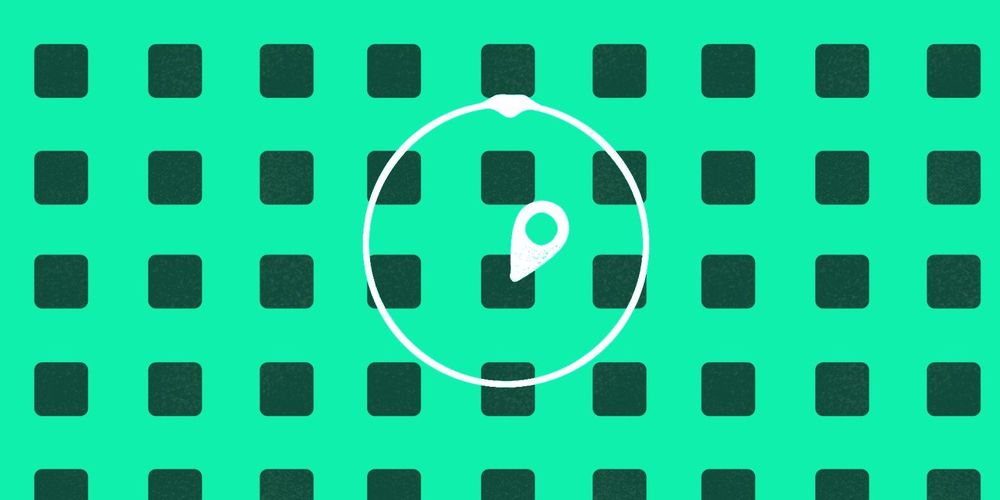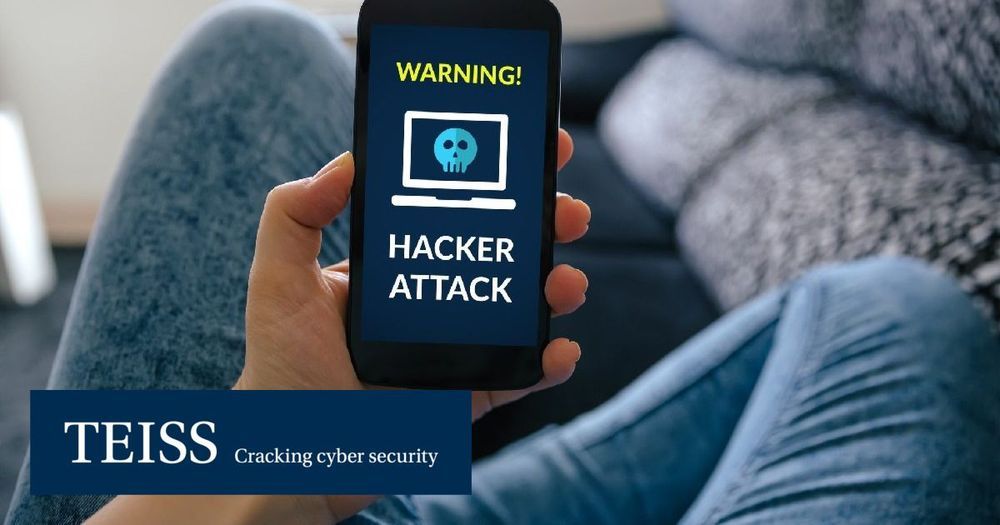MIT created this self-assembling chair and cell phone.
Category: mobile phones – Page 190
YouTuber Enables Floppy Disk Games For Smartphones
This hack lets you play floppy disk games on your smartphone.

An iPhone App That Protects Your Privacy—For Real This Time
The data economy has too often betrayed its customers, whether it’s Facebook sharing data you didn’t even realize it had, or invisible trackers that follow you around the web without your knowledge. But a new app launching in the iOS App Store today wants to help you take back some control—without making your life harder.

Samsung Releasing Smartphone Using Graphene Battery for 15–30 Minute Charging in 2020
Samsung will release a smartphone using new fast chargoing graphene battery technology that can fully charge in under 30 minutes according to gadgets leaker Evan Blass (@EVLeaks).
Samsung will release a smartphone powered by new graphene battery technology that can fully charge in under 30 minutes in 2020, or possibly 2021. This will be three to five times faster than today’s lithium-ion batteries which take about 90 minutes to charge.
In 2017, Samsung Advanced Institute of Technology (SAIT) announced they had developed a “graphene ball,” a unique battery material that enables a 45% increase in capacity, and five times faster-charging speeds than standard lithium-ion batteries. The breakthrough provides promise for the next generation secondary battery market, particularly related to mobile devices and electric vehicles. In its research, SAIT collaborated closely with Samsung SDI as well as a team from Seoul National University’s School of Chemical and Biological Engineering.

Researchers Have Built The Most Complex Light-Based Quantum Computer Chip Ever
In a world-first, researchers have created a quantum chip that contains four entangled particles of light, known as photons, and is capable of performing actions over hundreds of channels simultaneously.
Or to put that into context, they’ve come closer than ever before to building a chip that’s similar to the ones in our smartphones and computers, but that has the potential to perform exponentially more calculations, and can process data at the speed of light. Sounds good, right?
“This represents an unprecedented level of sophistication in generating entangled photons on a chip,” said co-lead researcher David Moss, from Swinburne University of Technology in Australia.

Implanting AI chips in your mind could cause you to lose yourself, says scientist
Last month, Elon Musk’s Neuralink, a neurotechnology company, revealed its plans to develop brain-reading technology over the next few years. One of the goals for Musk’s firm is to eventually implant microchip-devices into the brains of paralyzed people, allowing them to control smartphones and computers.
Although this Black Mirror-esque technology could hold potentially life-changing powers for those living with disabilities, according to Cognitive Psychologist Susan Schneider, it’s not such a great idea, and I can’t help but feel relieved, I’m with Schneider on this.

Snap releasing new Spectacles that capture 3D images
Snap on Tuesday unveiled new-generation Spectacles sunglasses that can take 3D pictures to share on its Snapchat messaging service known for ephemeral posts.
Spectacles 3, set for release late this year, were described as a limited release and priced at $380, more than twice the price of an “Original” version available at the Southern California company’s website.
Spectacles sunglasses with built-in cameras that synchronize wirelessly with smartphones to share pictures or video snippets to Snapchat were launched in late 2016.
AI could be your wingman—er, wingbot—on your next first date
The art of matchmaking has traditionally been the province of grandmas and best friends, parents, and even—sometimes—complete strangers. Recently they’ve been replaced by swipes and algorithms in an effort to automate the search for love. But Kevin Teman wants to take things one step further.
The Denver-based founder of a startup called AIMM has built an app that matches prospective partners using just what they say to a British-accented AI. Users talk to the female-sounding software to complete a profile: pick out your dream home, declare whether you consider yourself a “cat person,” and describe how you would surprise a potential partner.
At first glance, that doesn’t seem too different from the usual swiping-texting-dating formula of modern online romance. But AIMM, whose name is an acronym for “artificially intelligent matchmaker,” comes with a twist: the AI coaches users through a first phone call, gives advice for the first date, and even provides feedback afterwards. Call it Cyrano de Bergerac for the smartphone era.

Pre-installed apps in 7 million Android devices found containing malware
Security researchers from Google’s Project Zero team recently uncovered pre-installed apps in Android devices that either allowed remote attackers to carry out remote code execution, could disable Google Play Protect in devices, or could collect information on users’ web activities.
At the Black Hat cybersecurity conference in Las Vegas, Maddie Stone, a security researcher on Project Zero and who previously served as Senior Reverse Engineer & Tech Lead on Android Security team, revealed that her team discovered three instances of Android malware being pre-installed in budget Android phones in the recent past.
One such pre-installed app was capable of turning off Google Play Protect, the default mobile security app in Android devices, thereby leaving devices vulnerable to all forms of cyber attacks or remote surveillance. The Project Zero team also found an app pre-installed on Android phones that gathered logs of users’ web activities.
Samsung Galaxy Note 10 Hands On
Samsung Galaxy Note 10 and Galaxy Note 10 Plus hands on.
dbrand — https://dbrand.com/unbox
Promo code: UNBOX
Deal: 20% off everything
This is my Samsung Galaxy Note hands on video. The Note 10 (Plus) represents Samsung’s top tier smartphone offering packing a 6.8-inch AMOLED display and up to 12GB of RAM.
FOLLOW ME IN THESE PLACES FOR UPDATES
Twitter — http://twitter.com/unboxtherapy
Facebook — http://facebook.com/lewis.hilsenteger
Instagram — http://instagram.com/unboxtherapy